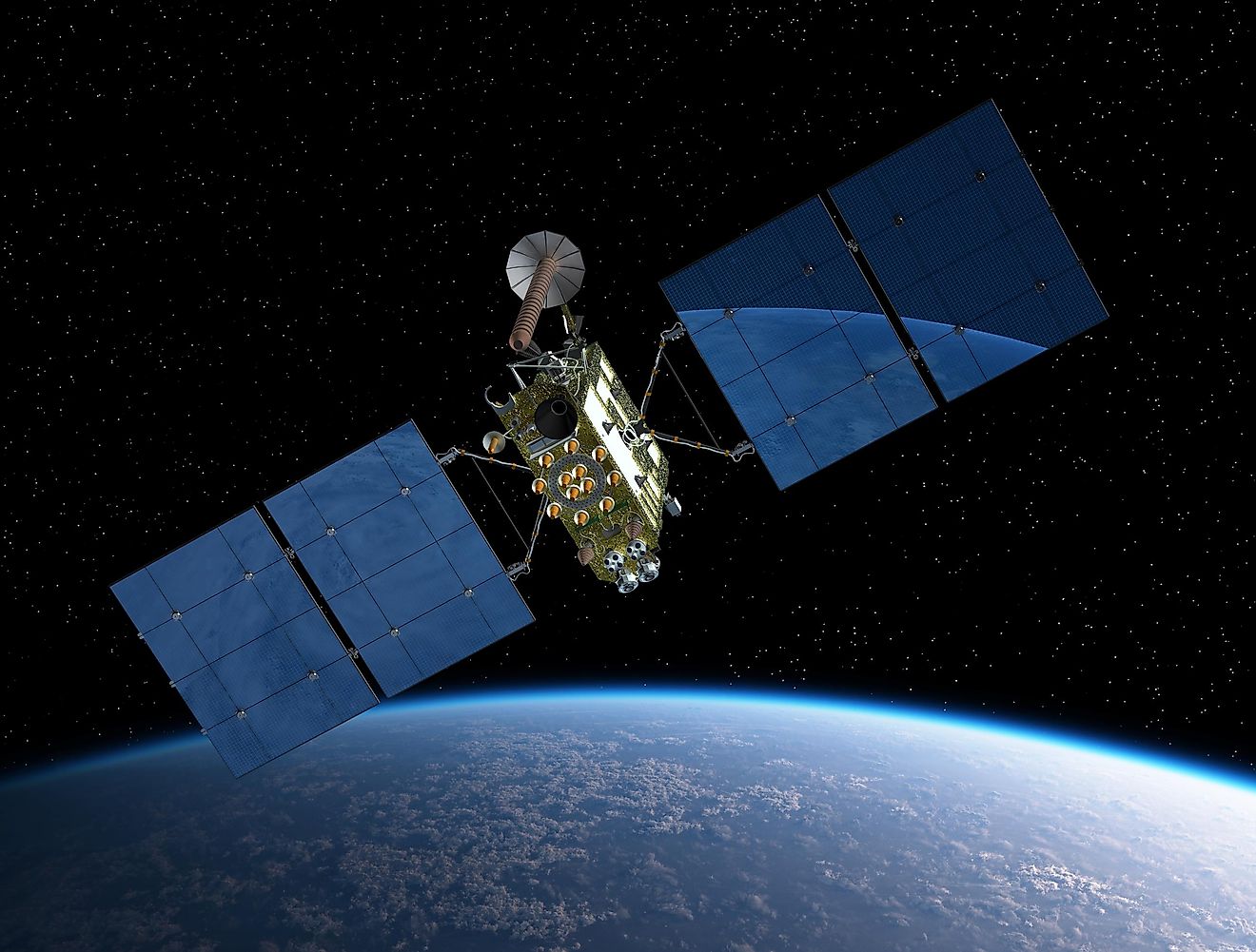8 Animals Used In Vaccine Production
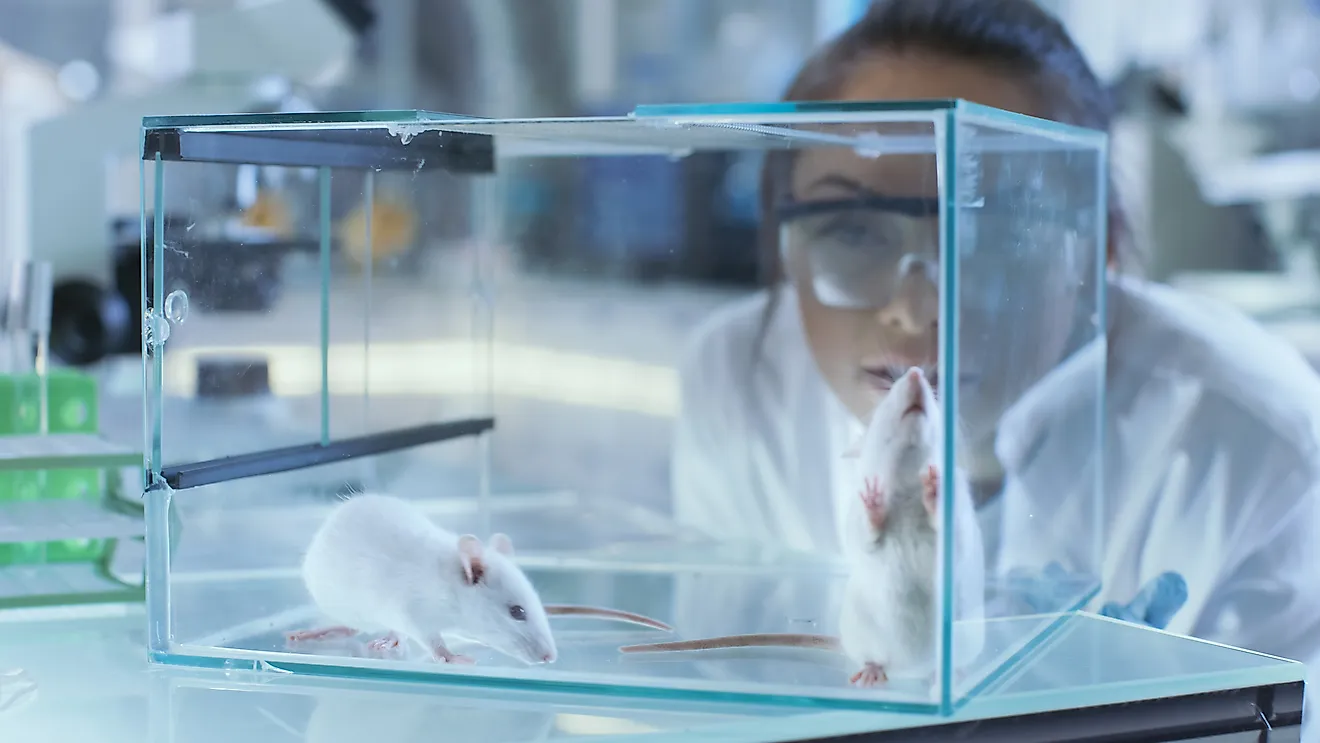
- In the past 60 years, vaccines have helped eradicate smallpox and are close to eradicating polio.
- Vaccines prevent more than 2.5 million deaths each year.
- Scientific studies and reviews continue to show no relationship between vaccines and autism.
Animals have been used in the study of health, illness, and death in humans for centuries - dating back to around 350 B.C., when the first known medical standards were developed by experimenting on pigs. Later, in the 19th century, animal experimentation gained scientific status for the creation of vaccines.
Vaccines have become an essential part of health programs in most countries worldwide to control emerging or resurfacing diseases. The purpose of a vaccine is to spur an immune response in the body. Vaccines develop antibodies to specific diseases, promote health, and prevent outbreaks.
Most vaccines have been developed by using small animals like rodents as test subjects, but studying and testing larger animals has also become common as testing the response of a larger species helps scientists determine the potential effect in humans. These are some animal species that have been used in the development of vaccines for human health.
8. Horses
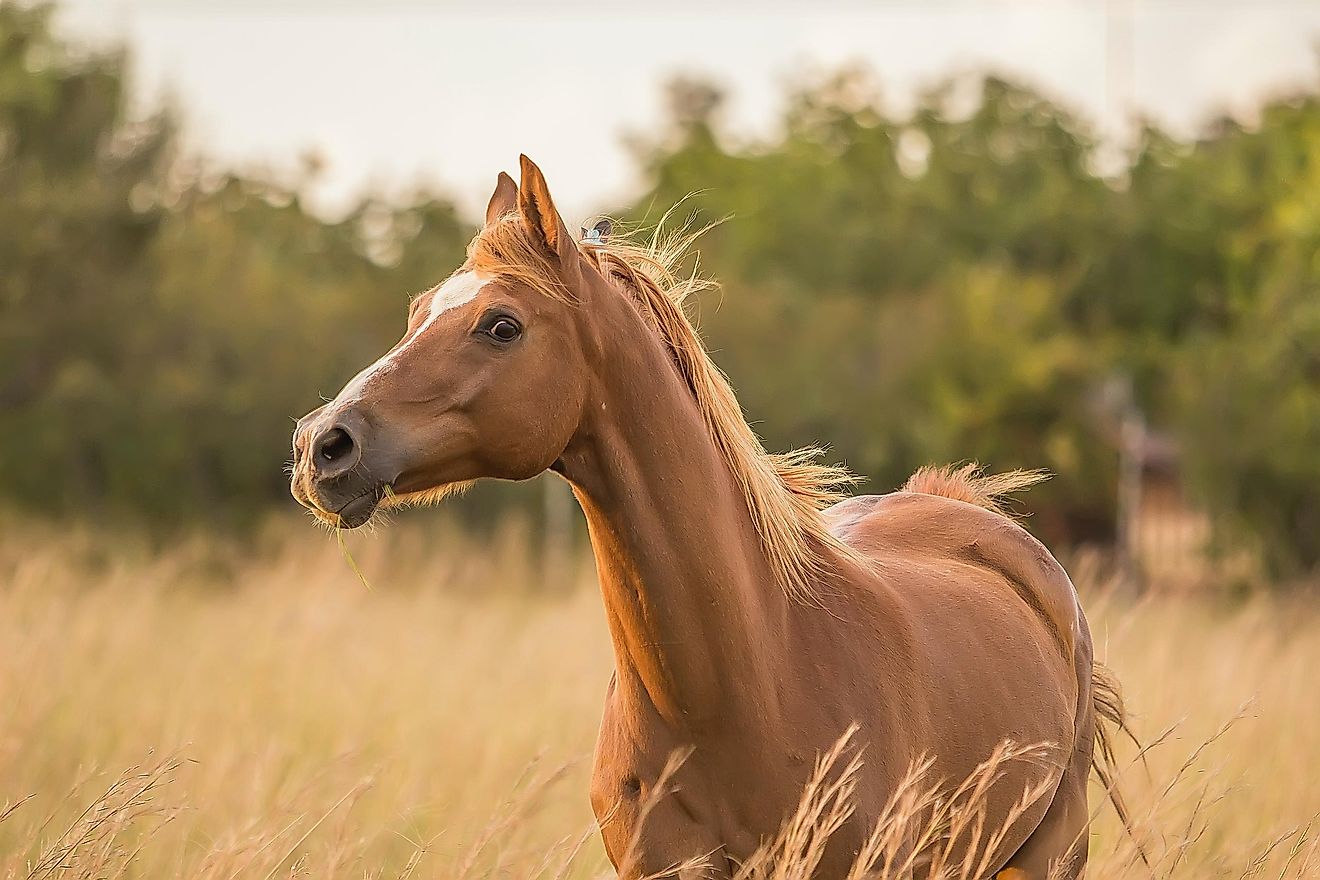
Horses are often used as models to test human vaccines, especially those intended for the elderly, because of the animal's longevity, but its use in that regard is limited. However, research of equine vaccinations has led to important developments for humans, including a modified live, temperature-sensitive intranasal influenza vaccine, a live attenuated West Nile virus vaccine, and a DNA-based West Nile vaccine, as well as a Hendra virus vaccine.
7. Guinea Pigs
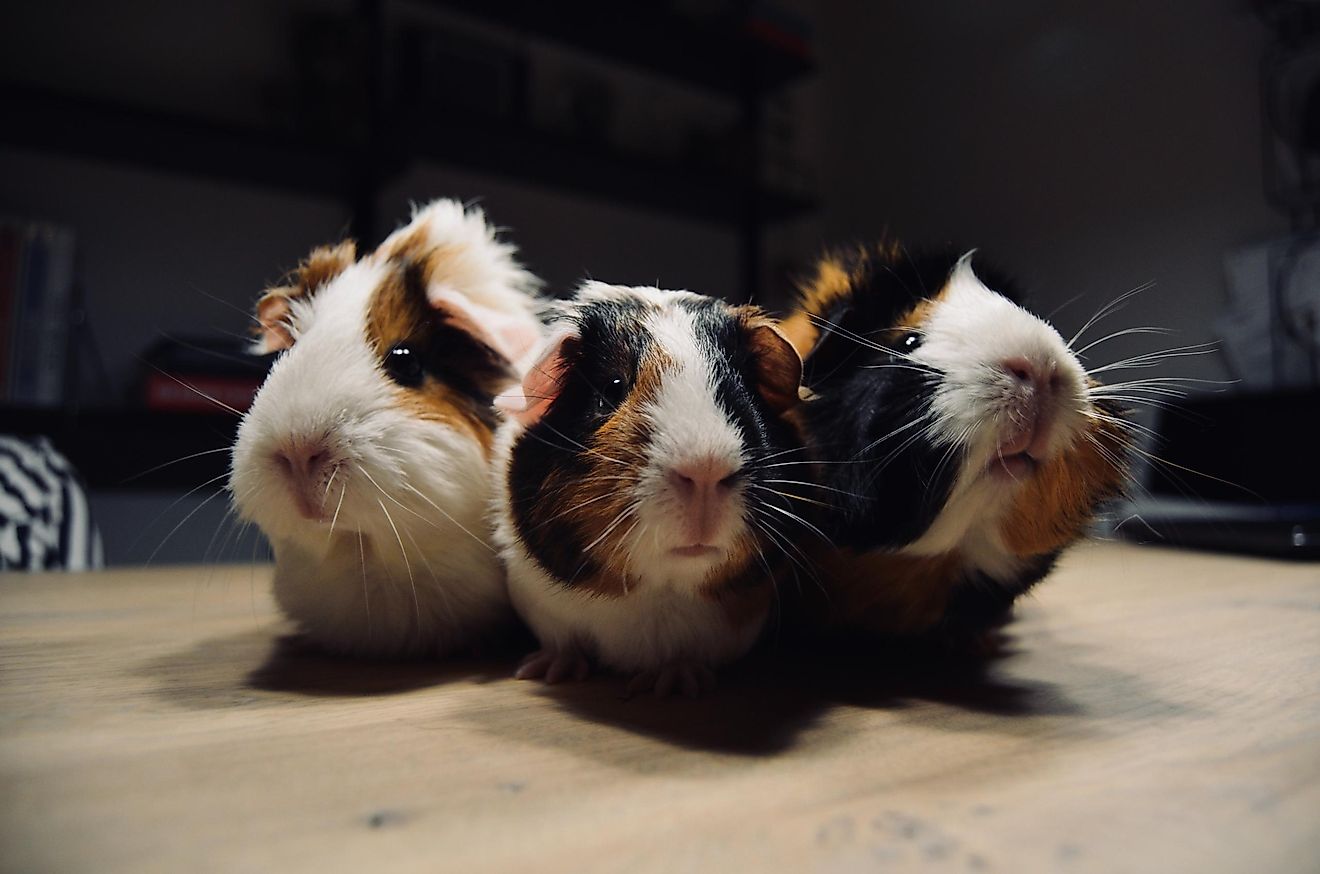
There's a reason common vernacular refers to test subjects and volunteers as "guinea pigs" - they are often used for vaccine production and testing, with colonies bred specifically for scientific research. They have been proven as great models for bacterial infections like clostridium chauvoei, a soil-borne bacteria that causes blackleg in humans and animals.
Guinea pigs were also used in 1980 to test early forms of a vaccine for Ebola, one of the deadliest diseases in the world with close to a 90% mortality rate, but ultimately that vaccine was developed for the Public Health Agency of Canada using macaques.
6. Primates
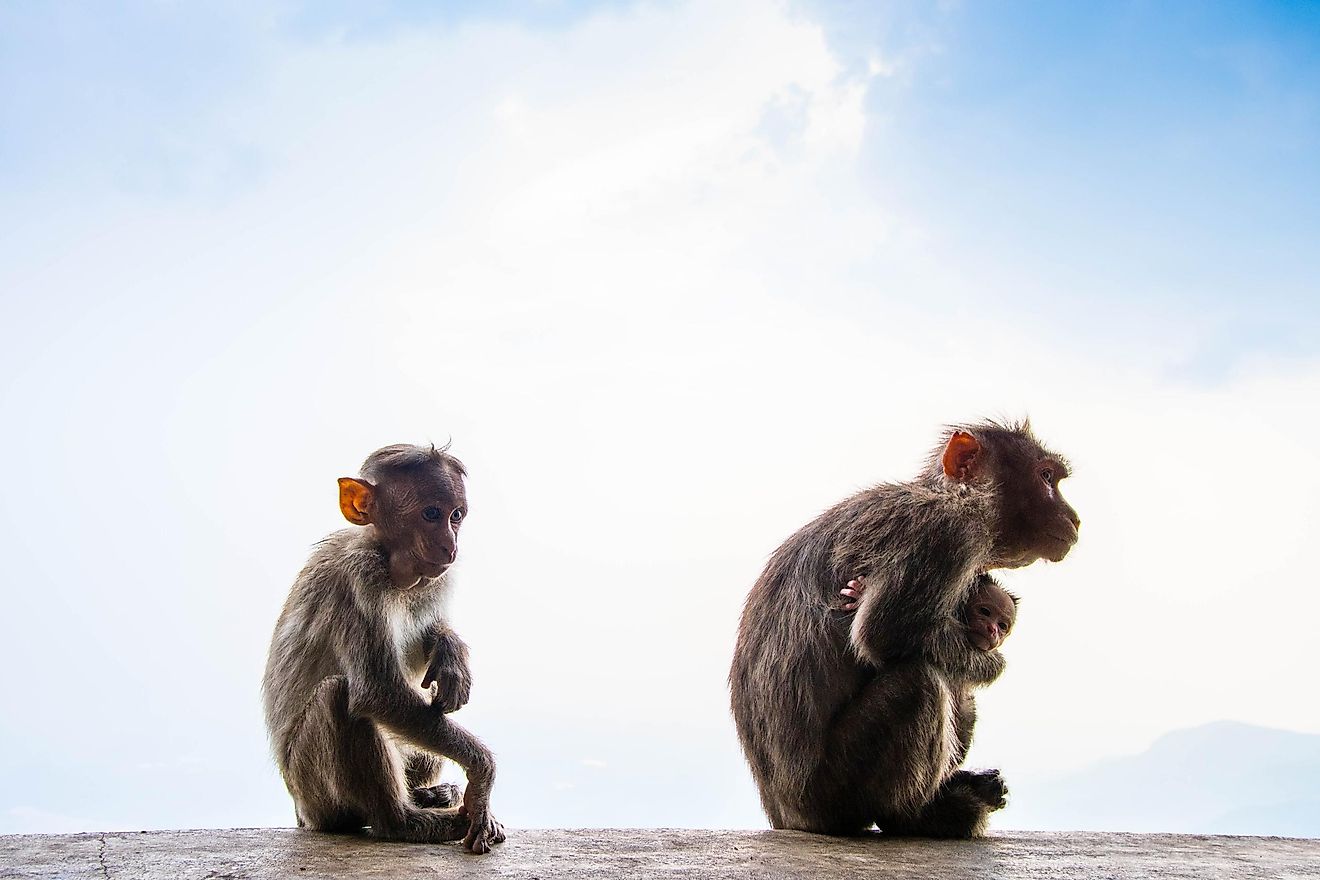
Monkeys have been used in scientific research for decades, often bred in captivity for the production and testing of vaccines. The development of a vaccine against Zika virus, which is now in phase two of clinical trials, was created using cynomolgus monkeys. Bred in captivity, these monkeys had fewer viral infections than captured primates and provided clean cell cultures that could be grown. They were suitable for the production of viral vaccines.
Rhesus macaque monkeys can also produce neutralizing antibodies against a strain of HIV called the Tier 2 virus, and though the vaccine has not begun clinical trials yet, scientists are hopeful for its success.
More recently, rhesus macaques have been put to the test for vaccines in development for COVID-19, and they have proven to be effective. Researchers at Beijing-based Sinovac Biotech gave doses of the vaccine to eight macaques and three weeks later introduced the SARS-CoV-2 into their lungs, and none broke out in full-blown infection. The monkeys were protected by a vaccine containing an inactivated version of the virus with no obvious side effects. Human trials began on April 16.
5. Mice
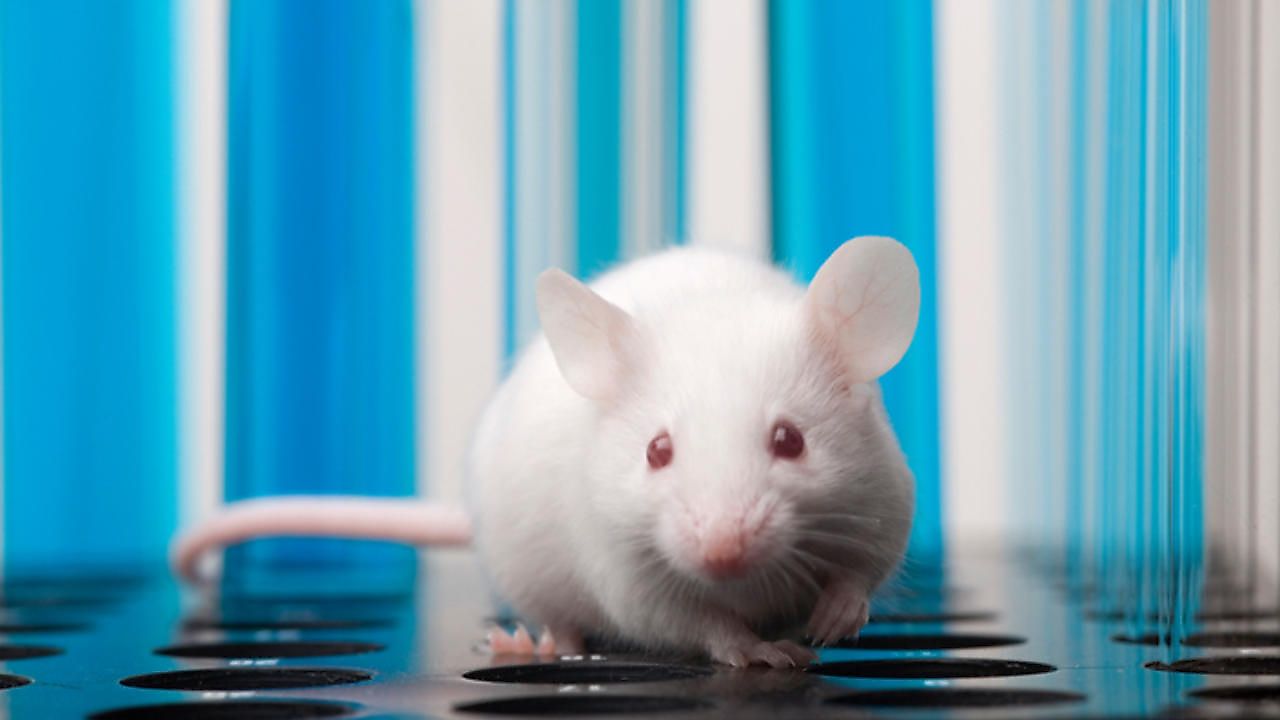
Mice have long been used for medical and other research. Currently, the small rodents are being used as subjects in an immunotherapy-based cancer vaccine, which involves injecting two immune-boosting agents directly into tumors in mice. So far it has been shown to kill 97% of those tumors, even after they have metastasized and moved elsewhere in the body. It has worked with other types of cancer like lymphoma, breast, colon, and melanoma, and is now in clinical trials for non-Hodgkin lymphoma.
Scientists have also used mice to test the ability of a vaccine for ovarian tumors that targets specific proteins present in elevated levels in ovarian cancer patients. The results in mice have shown vaccines could be promising for women carrying the BRCA1 and BRCA 2 gene mutations, who are at a higher risk of developing breast or ovarian cancer.
With tests on mice seeming positive, medical researchers are hoping to move into human trials on more cancer-fighting vaccines soon. Mice are also being used to test a vaccine that could eliminate peanut allergies. Given in three monthly doses via nasal spray, the vaccine changes how immune cells respond to allergies. Research on mice is still being conducted. So far, the allergies are alleviated for only two weeks, and scientists hope to find a longer-term solution.
4. Rats
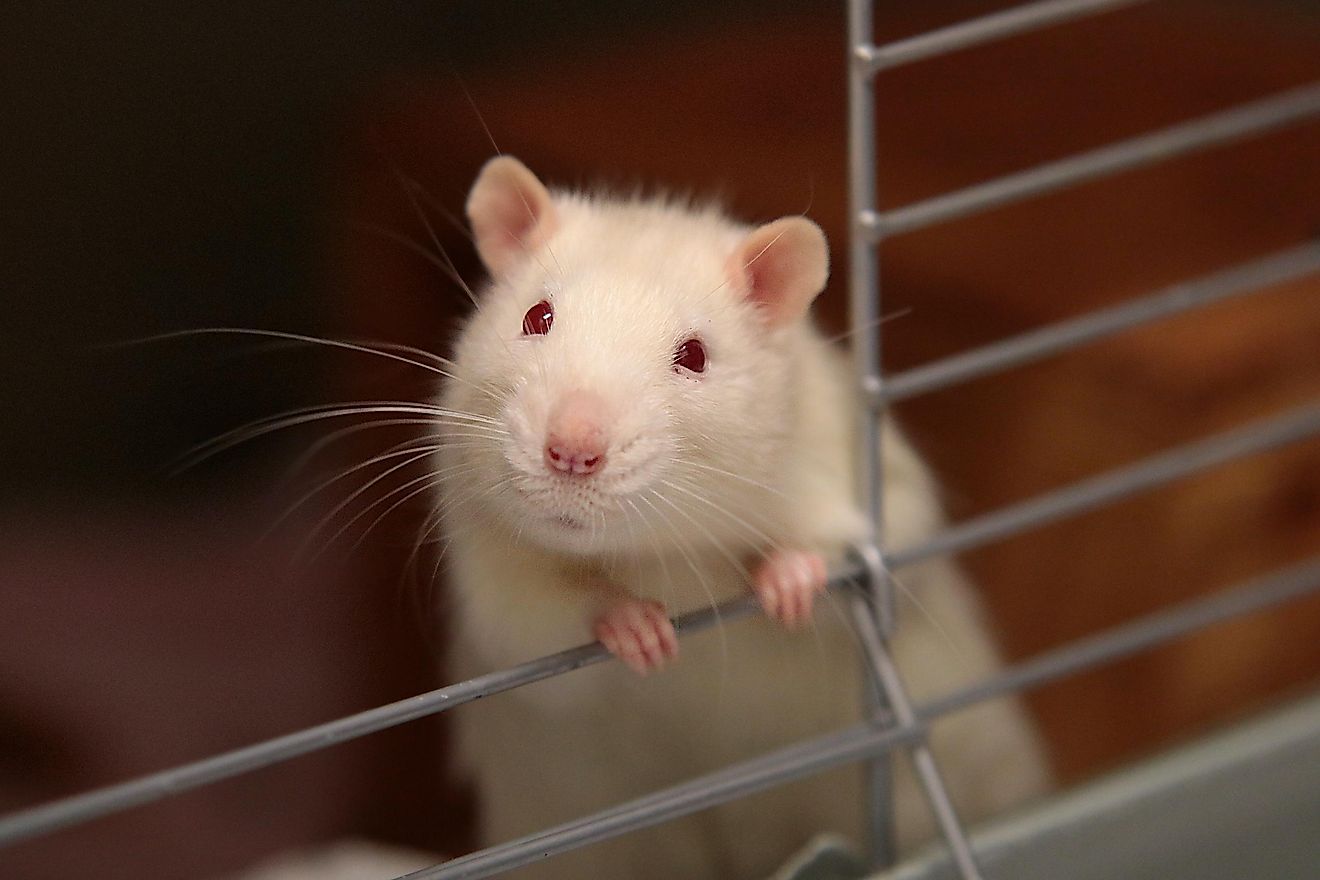
Like mice, rats are often used to test medical breakthroughs and have been the subjects for cancer treatments for years. Of note, rats were used in the development of a new vaccine called SurVaxM by scientists at Roswell Park Cancer Institute in Buffalo, NY, which uses the animal's own immune system to fight disease by boosting its ability to kill tumor cells containing the protein survivin - found in more than 90% of glioblastoma cases as well as other cancers: breast and ovarian, renal, lymphoma, prostate, and multiple myeloma. Glioblastoma is rare but aggressive, and most diagnoses result in death within 15 to 17 months, so finding a way to suppress tumors is key to medical research in the area.
3. Sheep
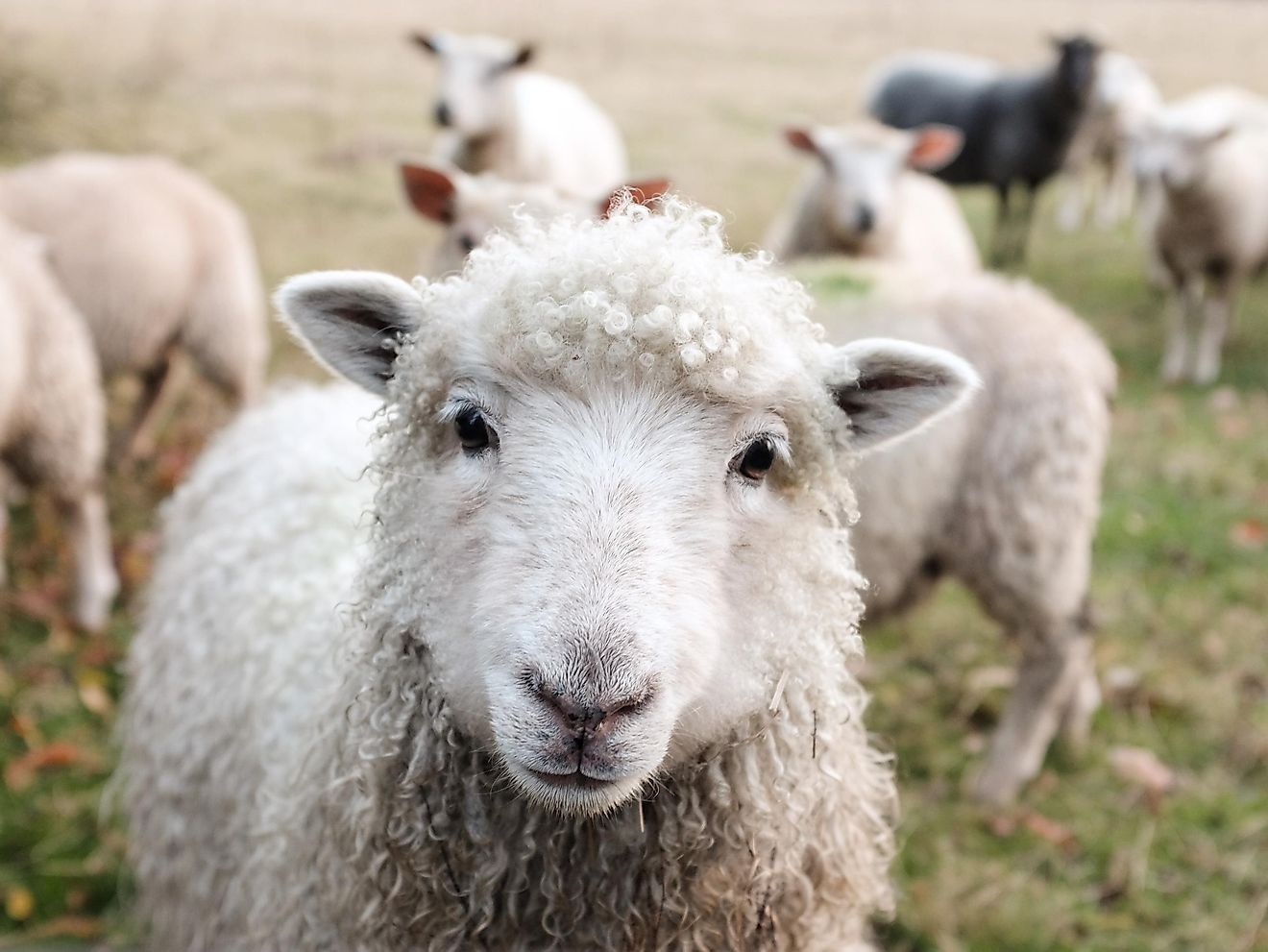
Sheep are often used as large-scale model animals in vaccine-testing due to low cost. They have been used in studies on mucosal immunization against antigens and pathogens that enter through mucous membranes that line the mouth, nose, eyelids, trachea (windpipe), lungs, stomach, intestines, ureters, urethra, and bladder.
Lambs vaccinated with a formalin-inactivated respiratory syncytial virus (RSV) have shown features of RSV vaccine-enhanced disease, similar to the reaction in human children, which is an indication lambs could be models for the HRSV vaccine for infants. Sheep were also proven to be natural models for Rift Valley fever virus (RVFV), with single vaccination inducing sterile immunity in lambs and neutralizing antibodies found in the vaccinated animals.
2. Pigs
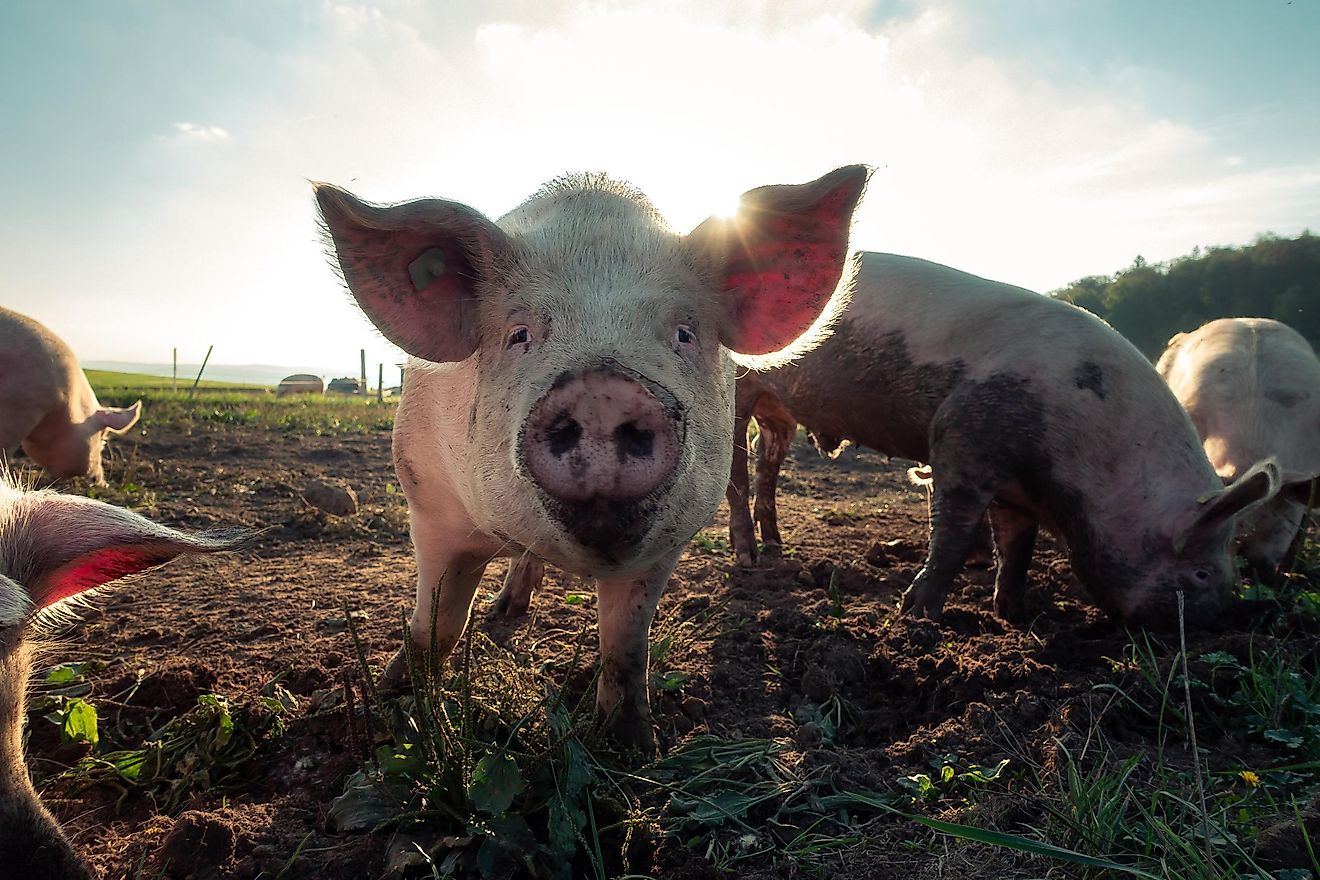
Pigs have been deemed one of the most appropriate and reliable models for testing human vaccines because their physiology and immune systems are very similar - nearly eight times as close as mice - with organs like kidneys and liver very similar, proportionally, in size and function to humans. Pigs also have tonsils and their skin's dermis-to-epidermis ratio is similar to humans, making them a viable medical test subject. In addition, their large litter sizes make them attractive for researchers, though they become more difficult to handle as they grow and require more substantial penning.
Newborn pigs can be infected with Bordetella pertussis, which causes whooping cough and severe bronchopneumonia - but it also makes them perfect models for testing pertussis vaccines. Swine have also been models for rotavirus and norovirus infections, as well as influenza.
1. Calves and Cattle
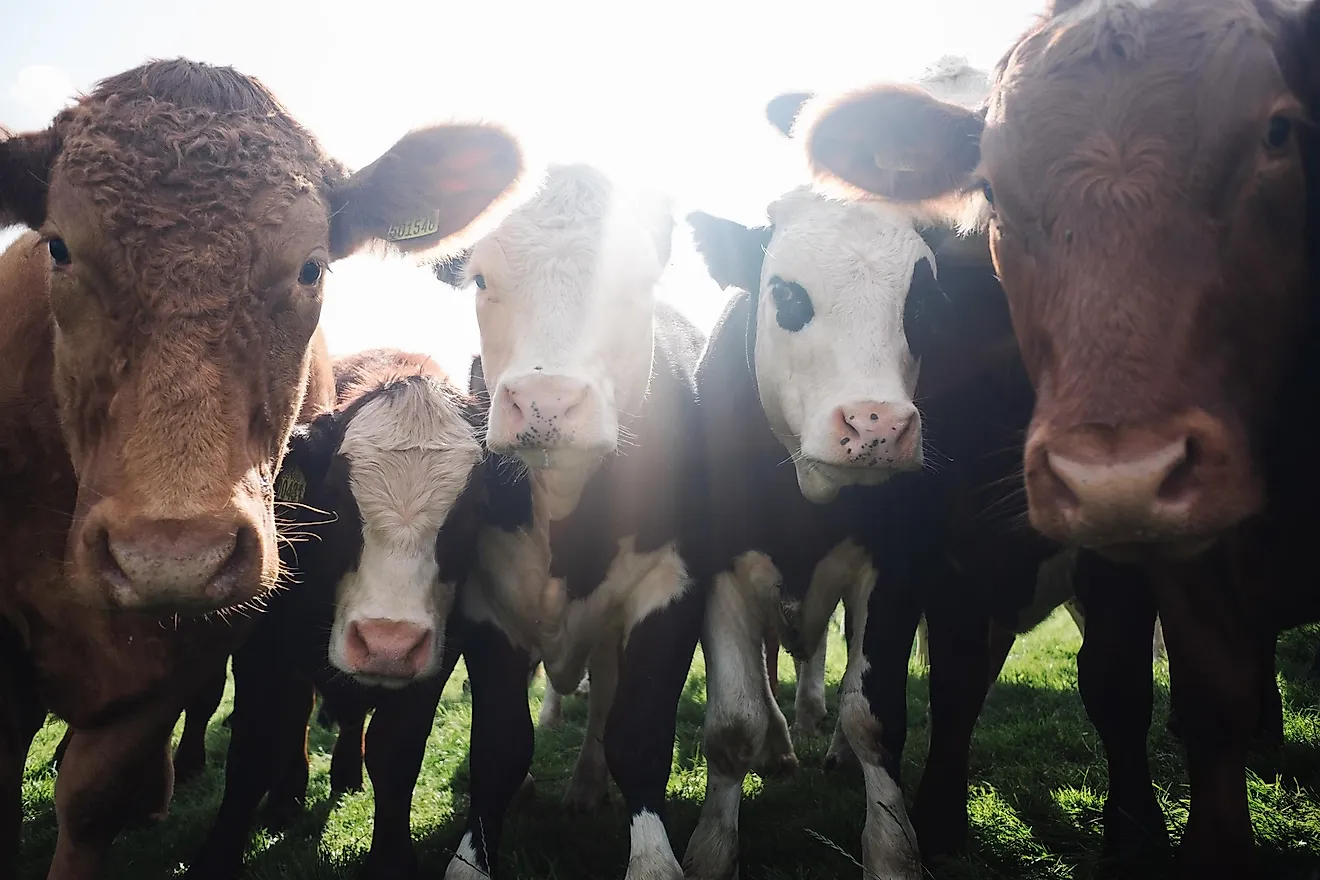
Like sheep, cattle have been used as models for HRSV vaccines, as the human version of the virus closely resembles the bovine strain (BRSV) - both cause respiratory tract infections in their young. Human and bovine T-cells recognize similar proteins in HRSV and BRS, meaning potential vaccines can be tested in cattle. Cattle are also commonly used as models for Mycobacterium tuberculosis, along with non-human primates.
Bovine influence on vaccines goes beyond testing. Early bacteriologists mimicked the human body environment by creating solutions of sugars, salts, and meat extracts, which would help grow bacteria and viruses in the lab. Though many discoveries since have leaned toward synthetic vaccines, some still require nutrients that are provided most easily from animal products like serum, blood, amino acids, and sugars.
Viral vaccines require living cells for production, and their growth is often aided by fetal calf serum. Sometimes bones or skeletal muscles are used in broth preparation, as some micro-organisms are difficult to grow without the addition of animal products. This has caused some concern from the food and drug administration over the years, as some bovine-derived products could potentially carry bovine spongiform encephalopathy (BSE, also known as mad cow disease).











